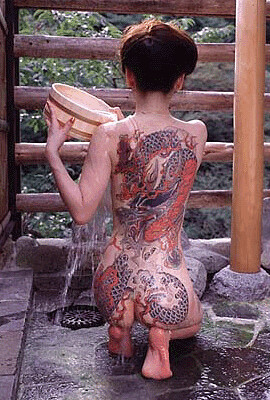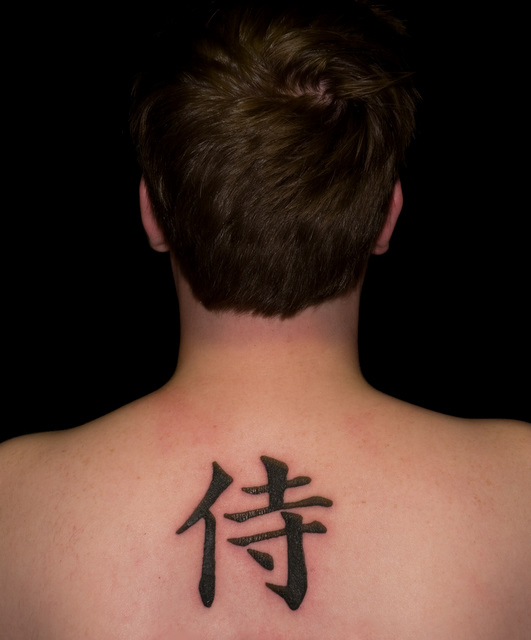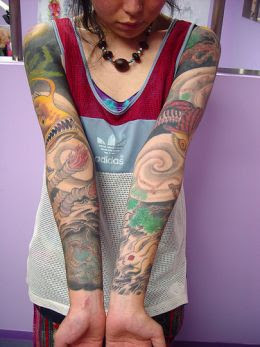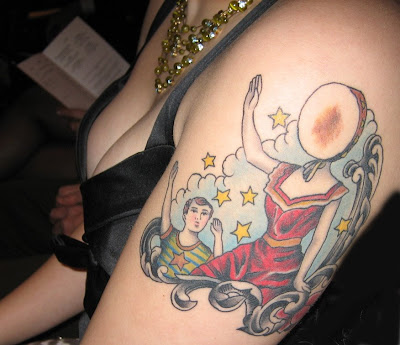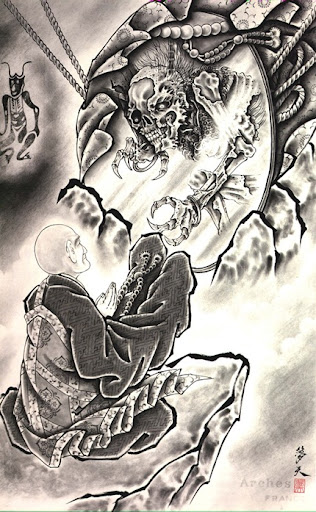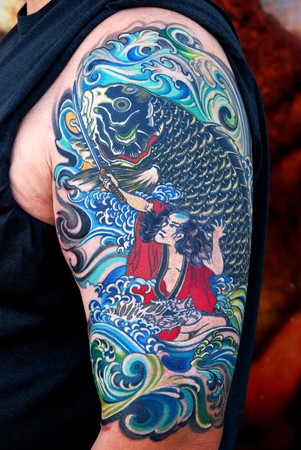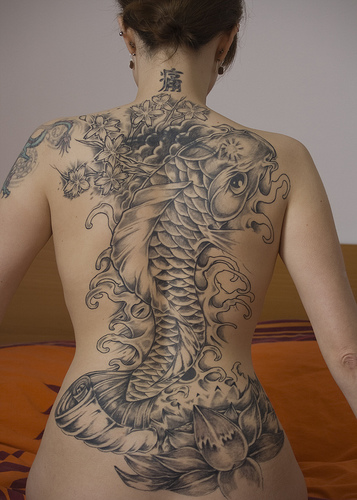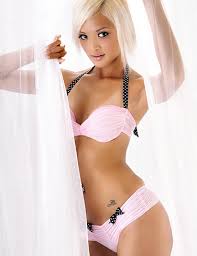|
|
|---|
Friday, July 30, 2010
Japanese Angel Tattoo Design Picture
Tuesday, July 27, 2010
Japanese Koi Fish Tattoo on Black Body
Japanese Samurai Tattoos for Sexy Girl
Saturday, July 24, 2010
Amaazing Japanese Tattoo Design
Sexy Japanese Tattoo-Tiger Tattoo

Japanese Arm Tattoo Design for Girl
Japanese Tattoos Artists
Japanese tattoos form part of asian culture, have been around for a long time and are generally large. The complicated tattoo designs usually dominate most of the body and are so detailed they are also very time consuming as well as expensive. A tradtional body suit, including covering the arms and legs, can take years to complete.
Tattooing for spiritual purposes dates back to approximately 10000BC, and around 300BC - 300AD, Japanese design were shought to have spiritual significance as well as functioning as a status symbol
In the Kofun period, around 300 - 600AD, tattoos began having negative connotations also. Instead of being used for ritual purposes, tattoo markings were placed on criminals as a punishment.
At the beginning of the Meiji period the Japanese government, wanting to protect its image and make a good impression on the West, outlawed tattoos, and irezumi took on connotations of criminality. Nevertheless, fascinated foreigners went to Japan seeking the skills of tattoo artists, and traditional tattooing continued underground.
Japanese Master Tattoo
Around 1945, tattoos were legalized again but the criminal image was retained. Japan’s notorious mafia, Yakuza, were often associated with having tattoos to show their connections to the criminal underworld. As a result, many businesses in Japan have banned tattoos, such as public baths and massage parlours.
In Japan, a traditional artist will train for many years under a master. They are nearly exclusively male and will sometimes live with the master full time. Cleaning the studio and practicing on one’s own flesh is just part of the duties of an apprentice. Making the needles and tools, mixing inks and copyring designs repeatadly are also part of the process to become a tattoo artist in Japan.
Japanese tattoo apprentices will often be given a name by his master and become part of the family. Becoming a tattoo artist in Japan is a lifestyle, not a job.
There are three kinds of scripts in Japanese: kanji, hiragana and katakana. The combination of all three are used for writing. Characters can be written both vertically and horizontally.
Katakana is generally used for foreign names, places, and the words of foreign origin. Therefore if you are from a country that doesn’t use kanji (Chinese characters), your name is normally written in katakana. For Japanese tattoo lettering, people often use Kanji.
Friday, July 23, 2010
Traditional Japanese Tattoo
Thursday, July 22, 2010
Monday, July 19, 2010
Spectacular Japanese Tattoos

In the left hikae, already done, the central design element is a rooster. In the Chinese zodiac, people born in the year of the rooster are considered deep thinkers and loners, whose emotions can swing from high to low. With its sometimes flowing and arching tail feathers and its red-colored head comb, Buddhists have associated it with pride and passion while Japanese Shintoists show it on a drum as a call to prayer.







